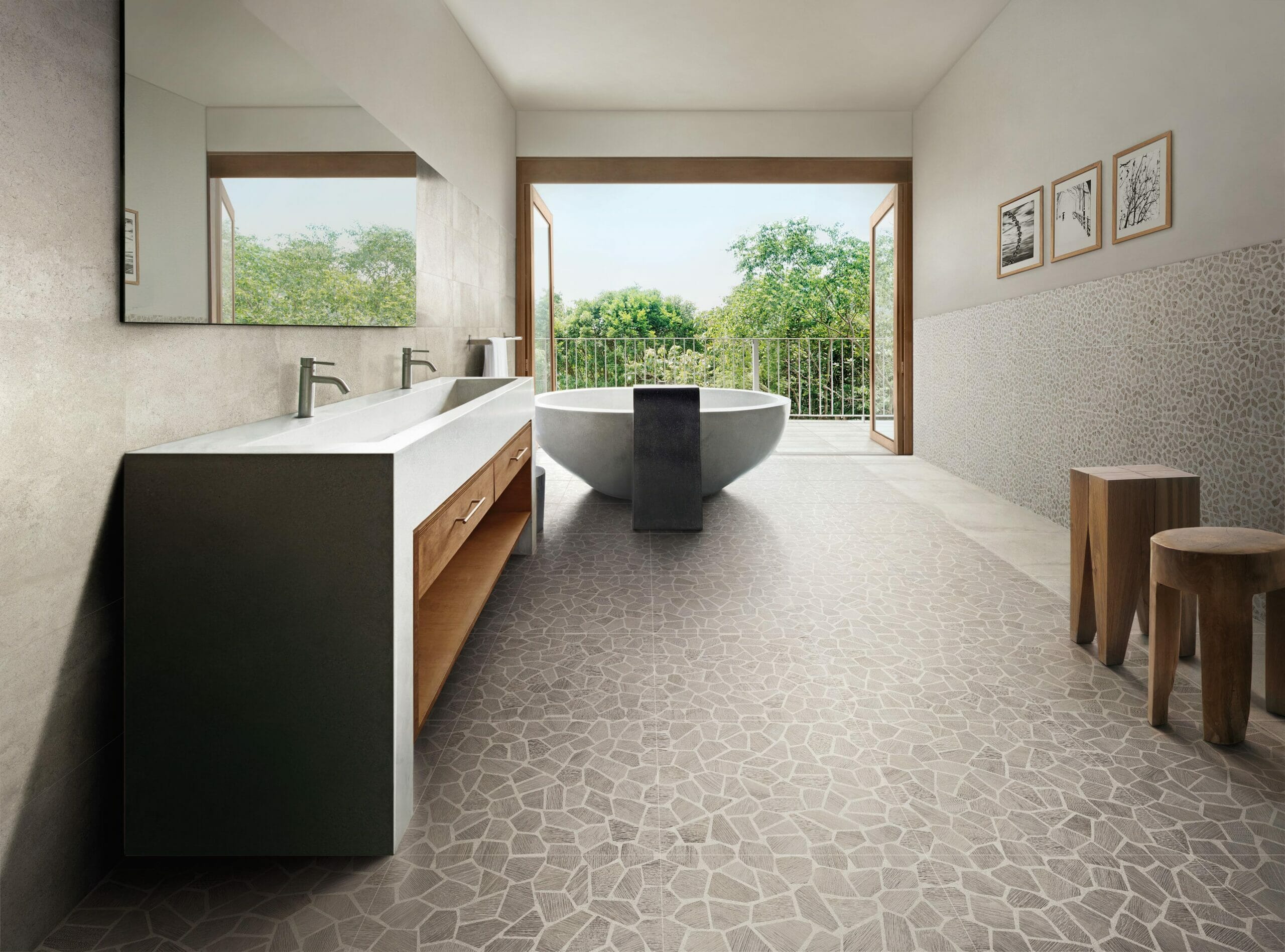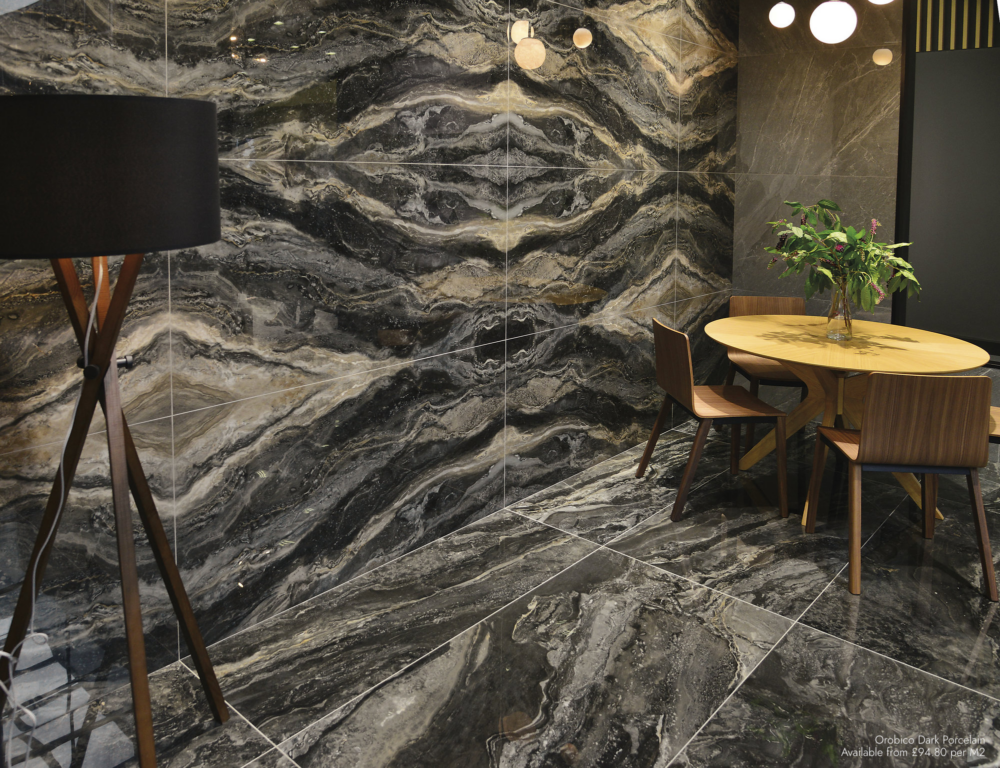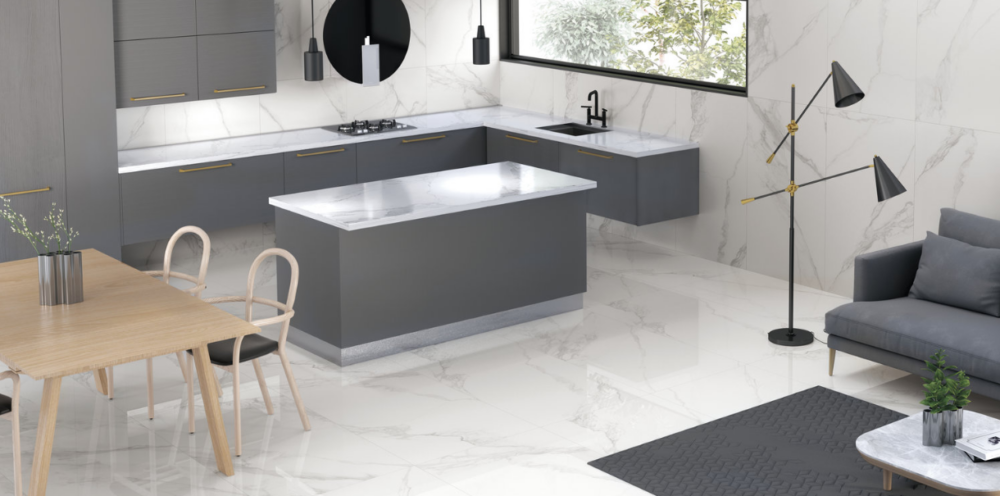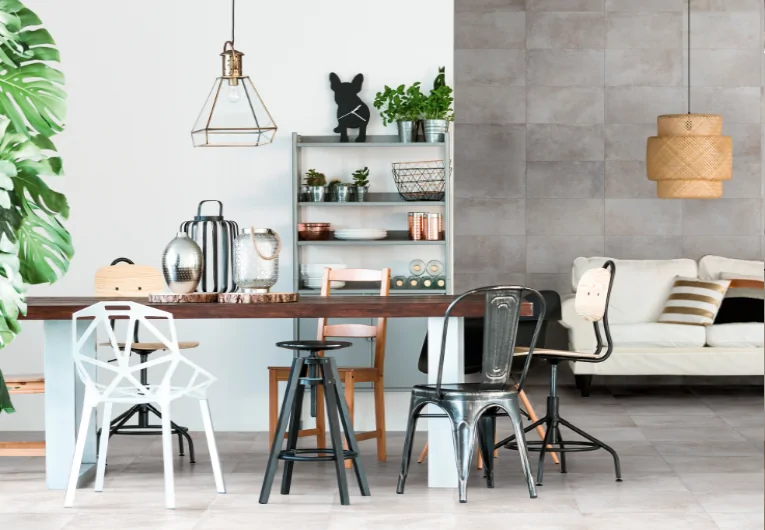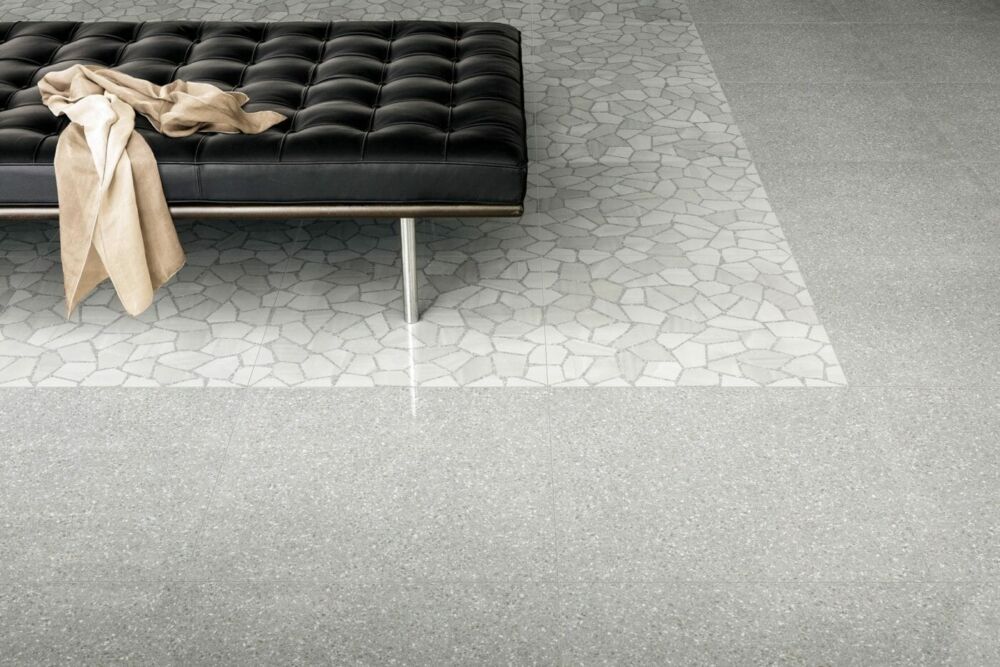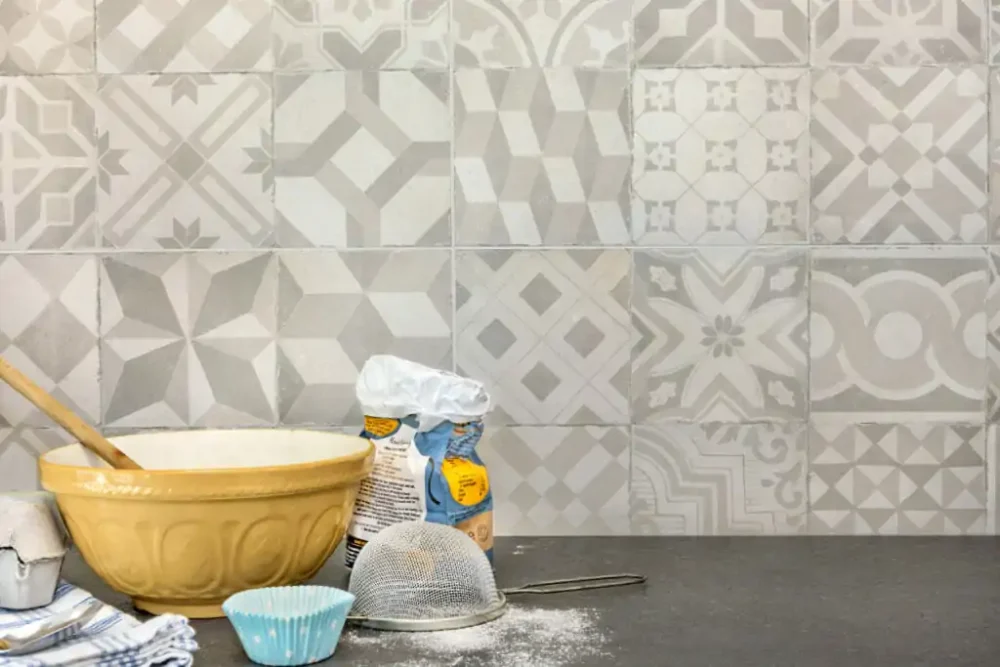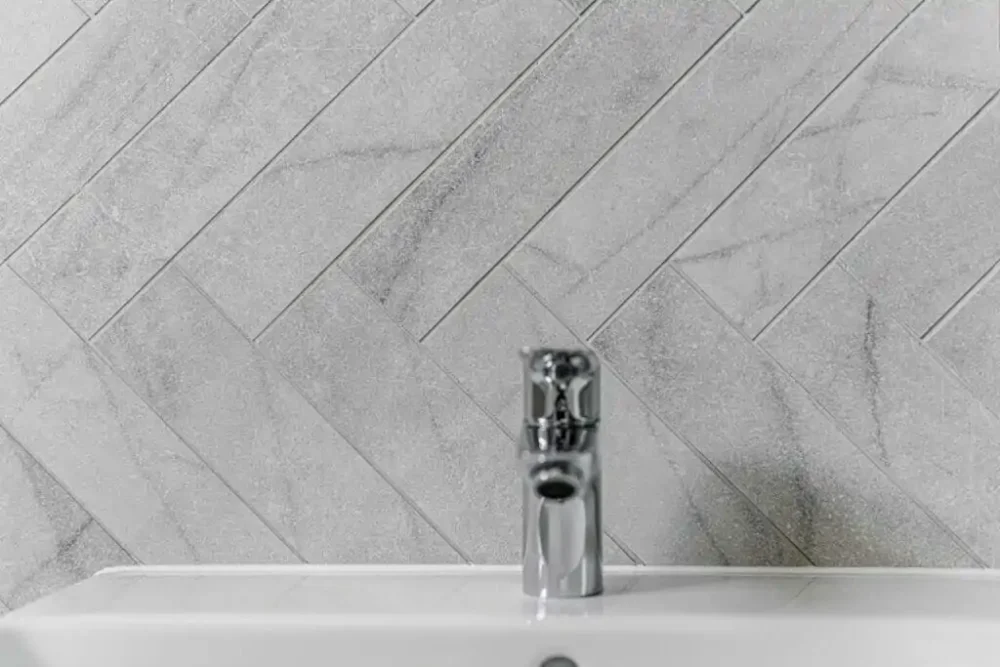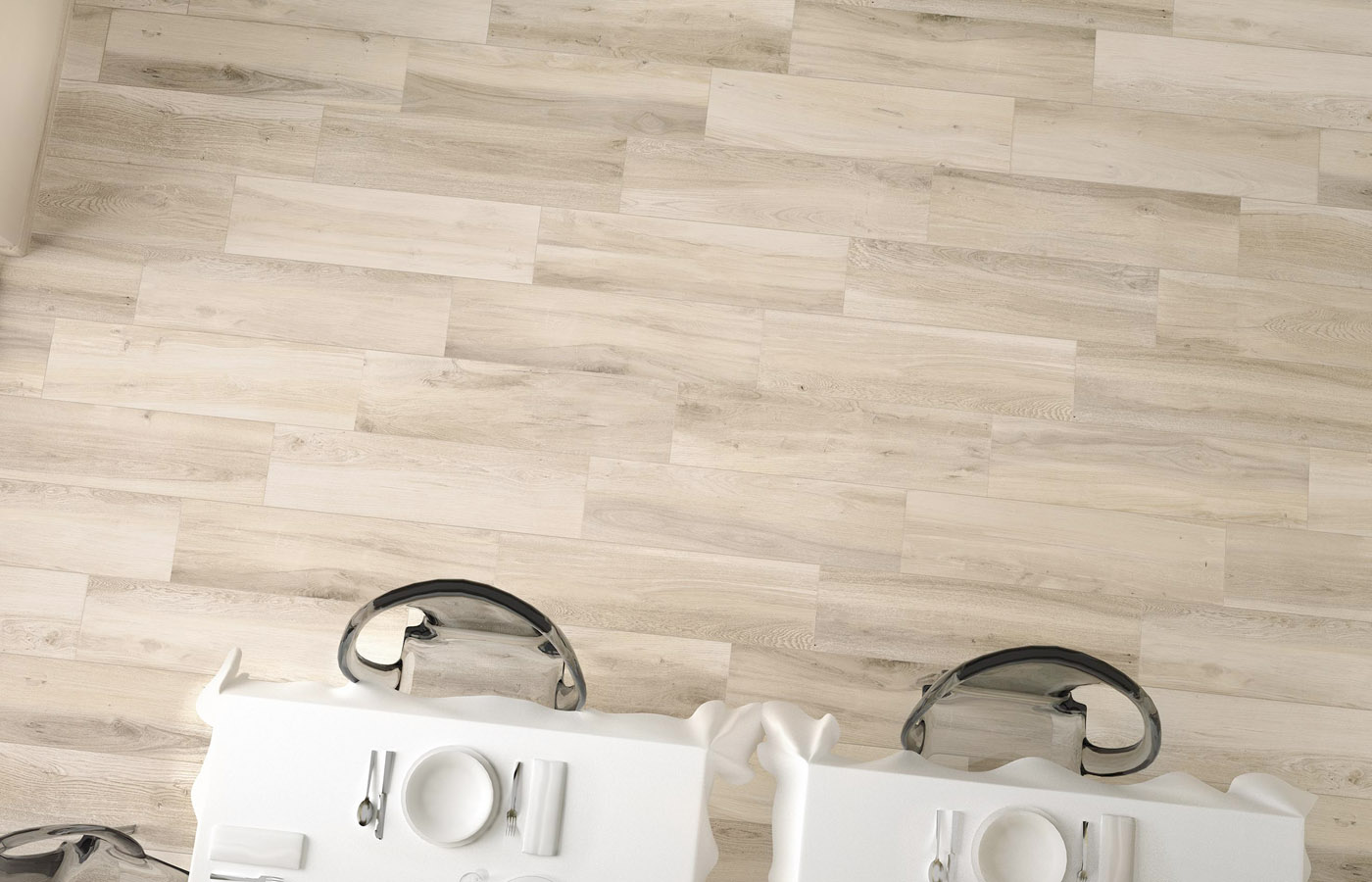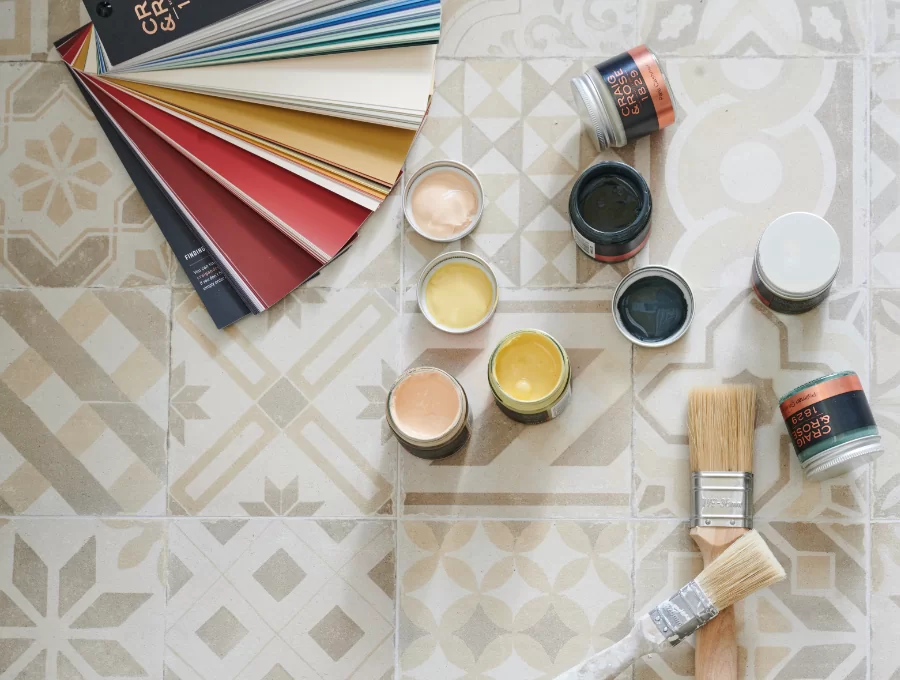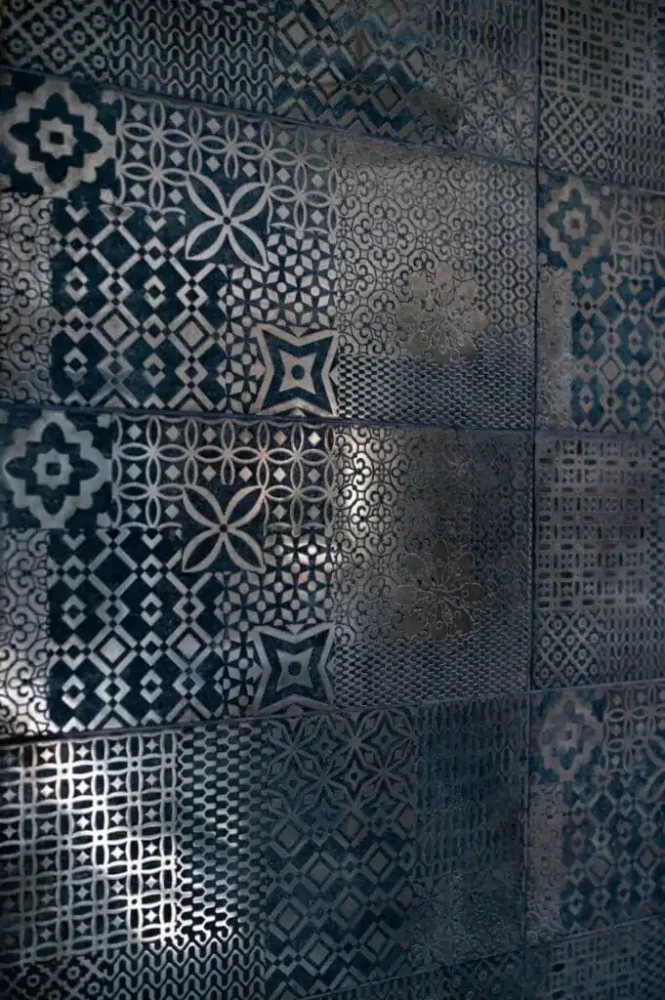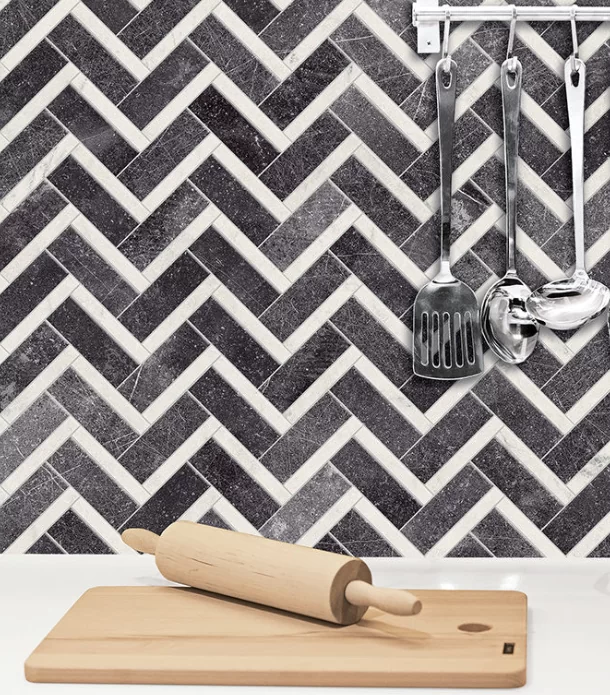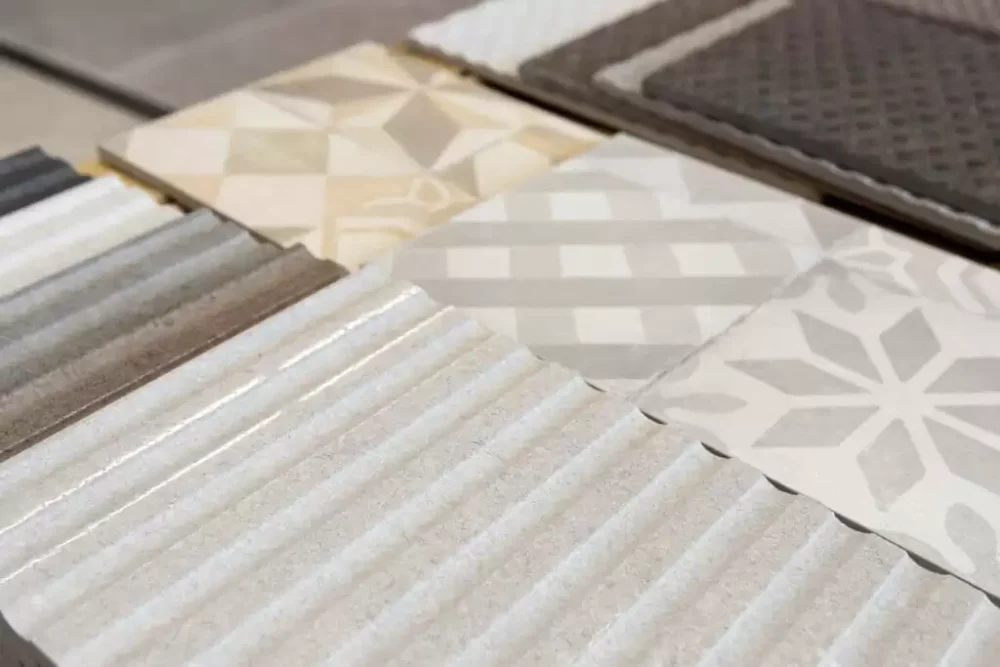What are porcelain tiles?
They’re not a new concept – in fact, porcelain tiles have been around for centuries. But recently, they have become the go-to tiles among designers, developers and homeowners.
Made from dense clay and then fired at a temperature much higher than your average tile, porcelain tiles are extremely hard-wearing. This makes them perfect for floors. And they’re non-porous, which means they’re more water-resistant than your standard ceramic tile.
Because of their density, porcelain is a heavier tile to work with. This is perhaps relevant to the DIY tiler, although it becomes less of a concern if you’re leaving the job to a professional tile fitter (which, by the way, is highly recommended for a successful, straight-edged job!).
Benefits of porcelain
There are so many benefits to installing porcelain tiles that we could write a book, but instead, we’re just going to focus on some of the key advantages.
Highly resistant. The thickness and density of porcelain make it a more durable product. This means porcelain tiles stand the test of time over your standard ceramic tiles and are less likely to break – a big thumbs-up for any high-traffic areas or for families with young children or pets.
Simple to maintain. If you’re looking for an easy-care option, then look no further than porcelain – quick and easy to wipe down with water, thanks to its resistant, non-porous nature.
Cost-effective. When you compare porcelain with ceramic tile, you’ll be tempted to think ceramic is cheaper. Tile for tile, yes, you’ll pay more for porcelain. But when you consider how porcelain outlives ceramic over the years, with less tendency to break, it proves the less costly option in the long term.
Where do porcelain tiles work best in the home?
The short answer is, anywhere! Inside the home, they make the perfect flooring for all of your living areas – in a lounge room, kitchen, bedroom or playroom – due to their hardiness and durability. And thanks to their non-porous nature, they prove extremely popular in bathrooms and kitchens where you find plenty of steam or water. Plus, you’ll find many porcelain tiles are outdoor-friendly and make for an exceptional patio floor.
So, where to start in choosing your porcelain tiles?
Polish or not to polish?
That is the question. And, again, the answer lies in where your tiles will live.
Polished tiles are made from the same material as natural porcelain tiles, although their finish stems from a second firing process resulting in a protective coating made of liquid glass. It’s this finish that allows manufacturers to use inkjet technology and apply just about any design to the tile. And it’s this flexibility that draws people toward polished over natural tiles.
That said, natural porcelain presents a wonderful textured finish, providing extra traction, which means fewer slips. This makes natural tiles ideal for use in wet areas such as a laundry or bathroom, in high traffic areas or for outside settings without cover.

